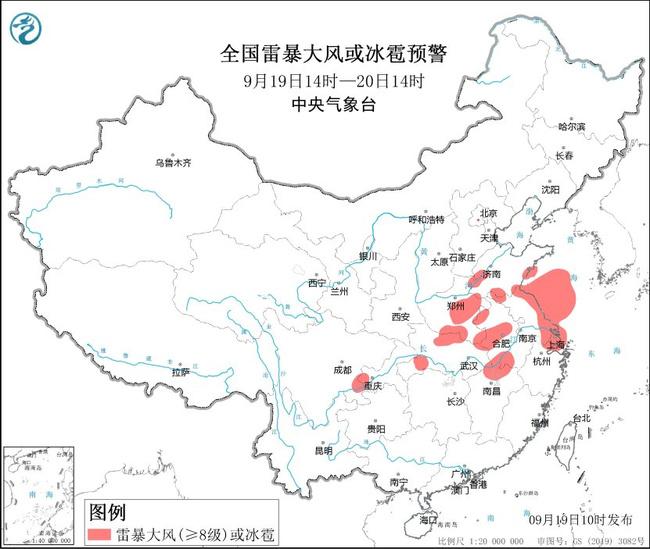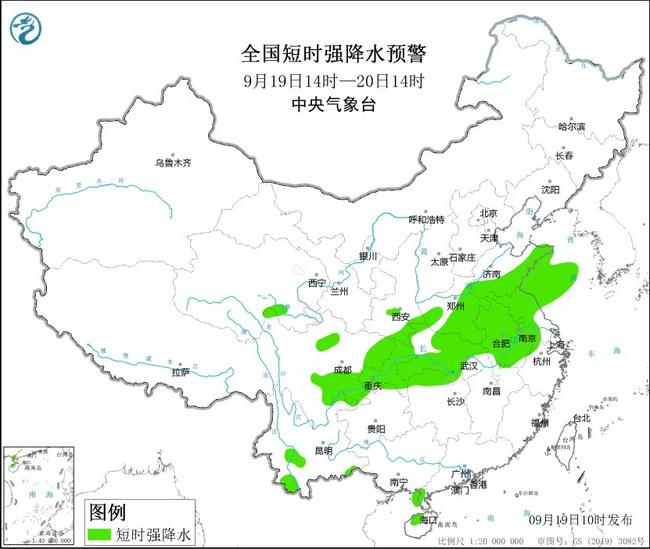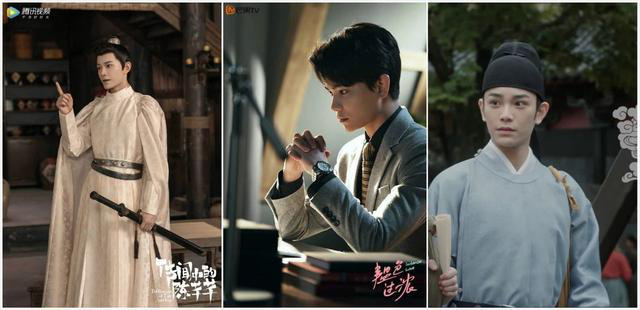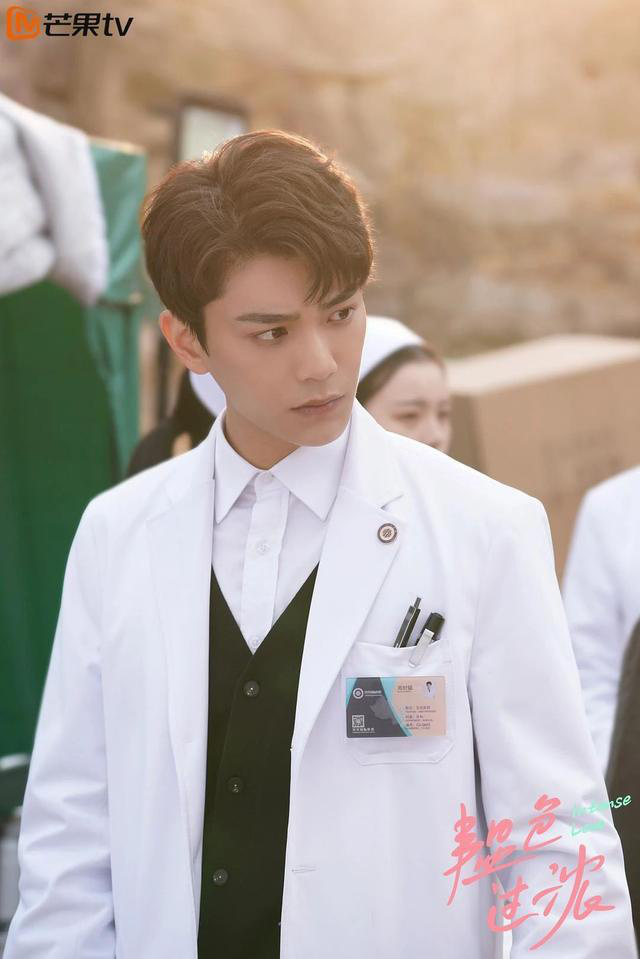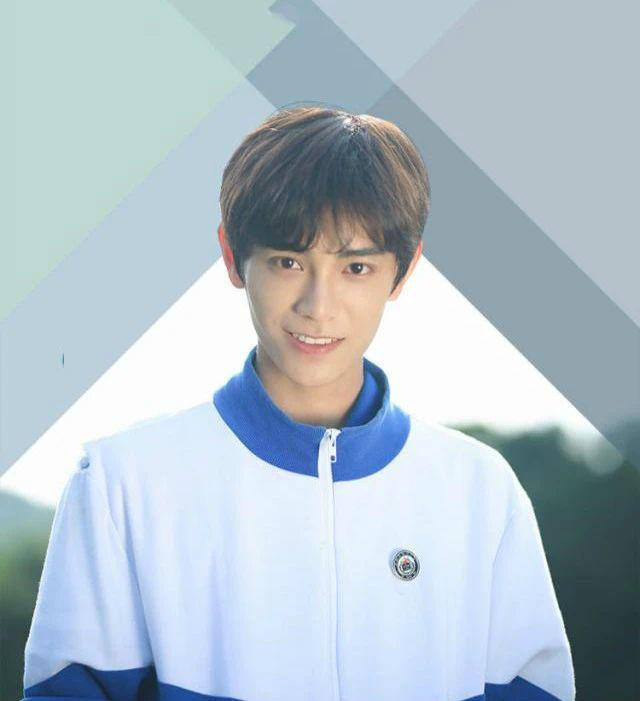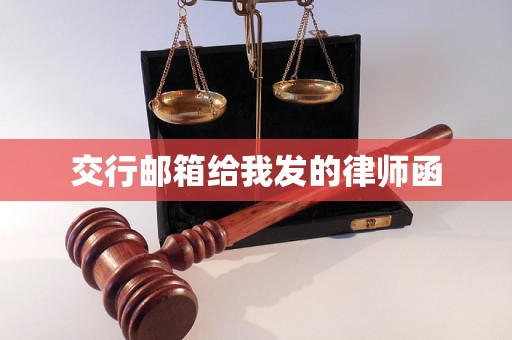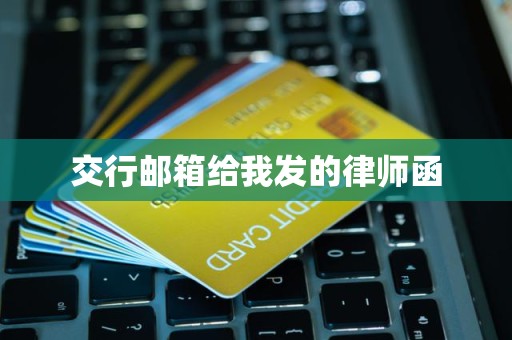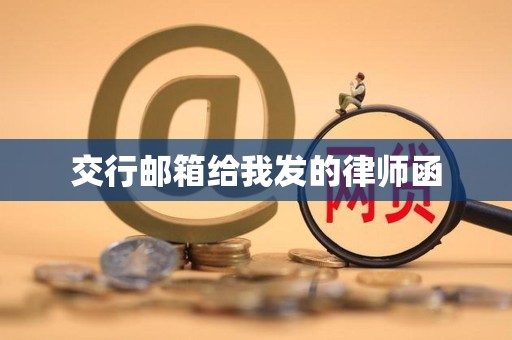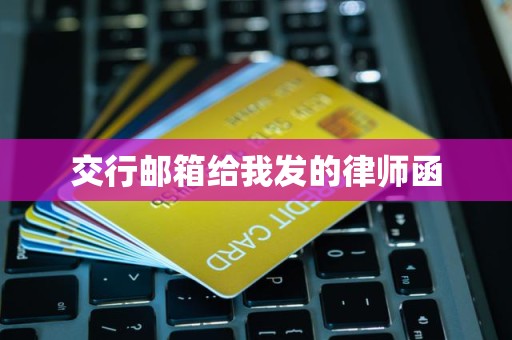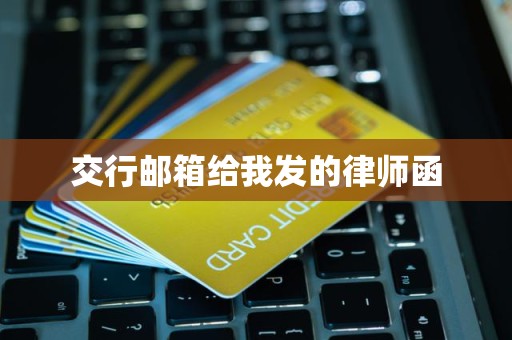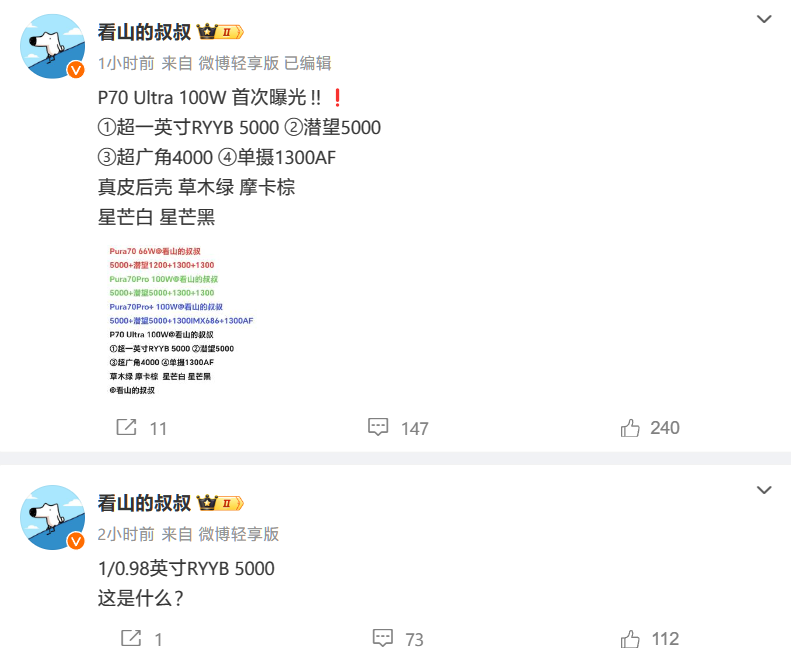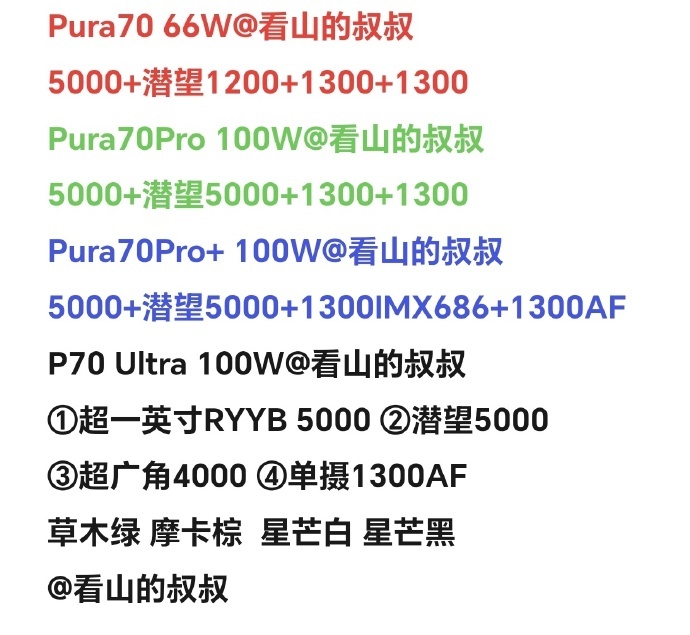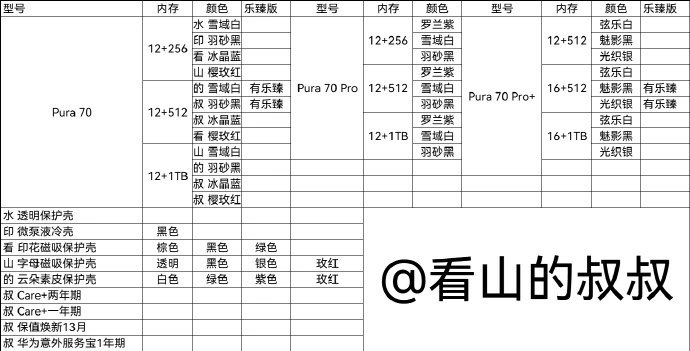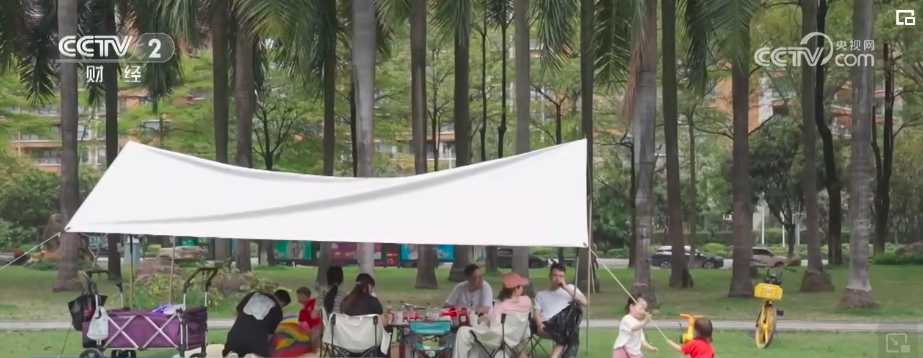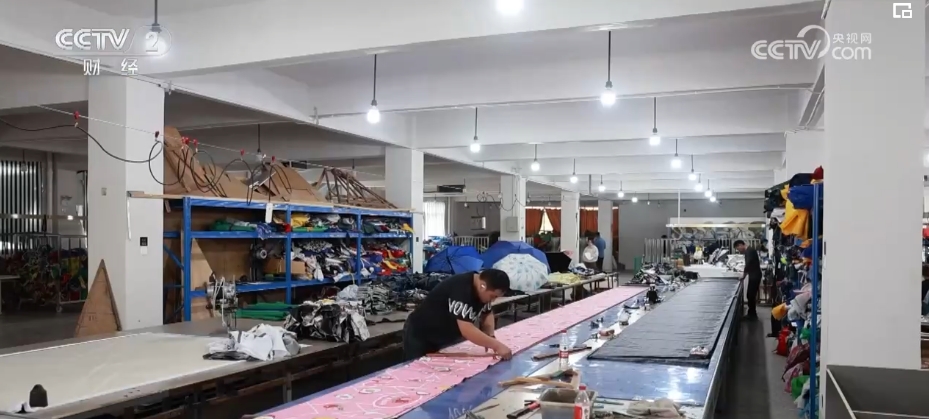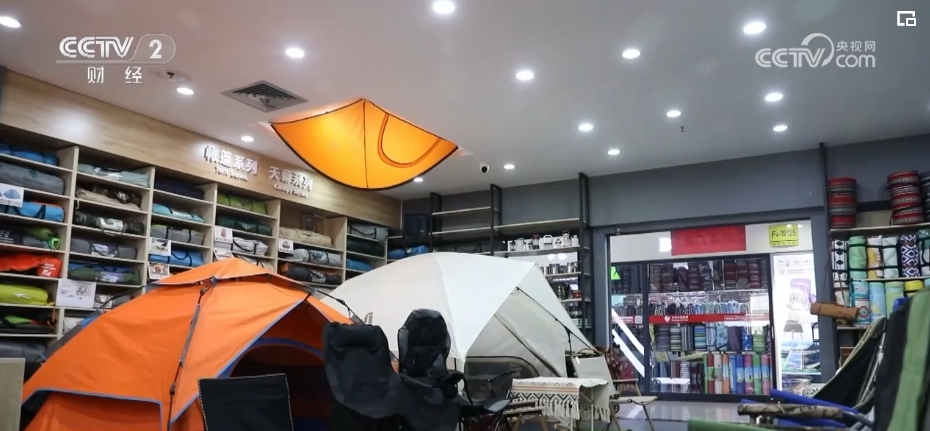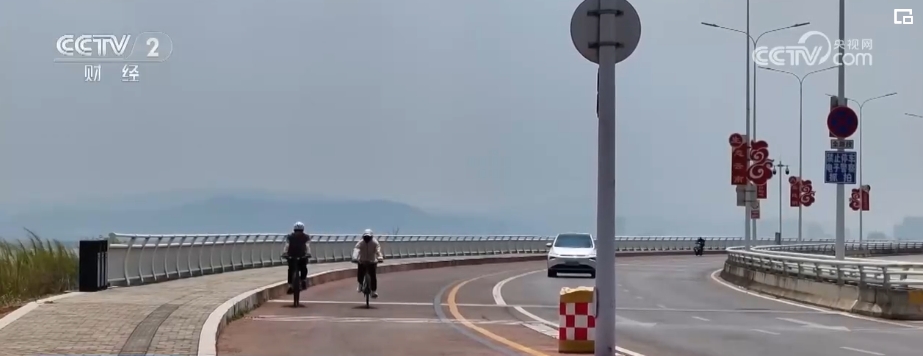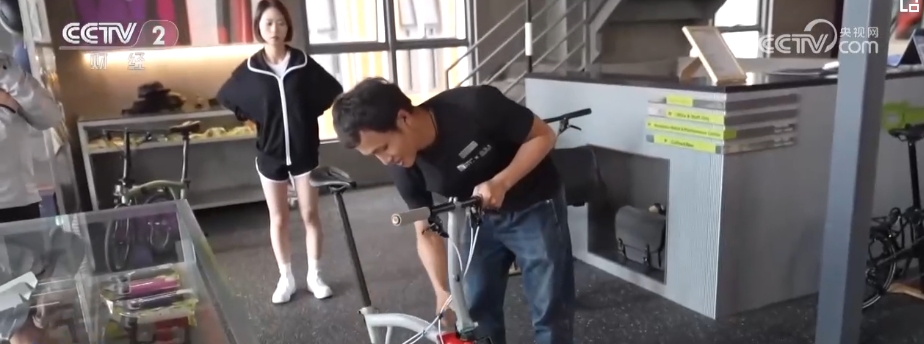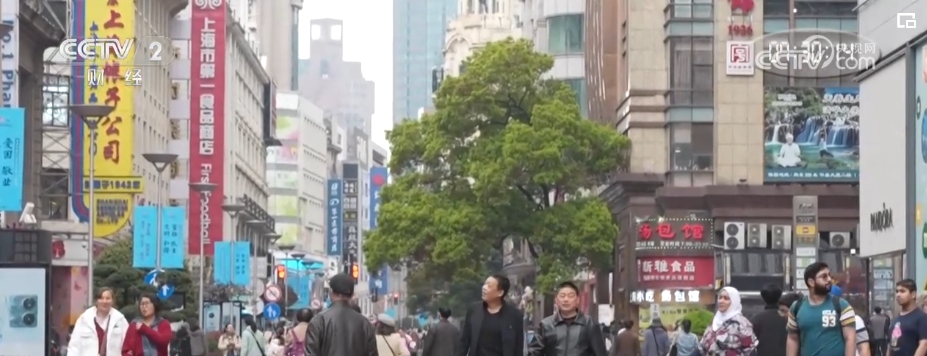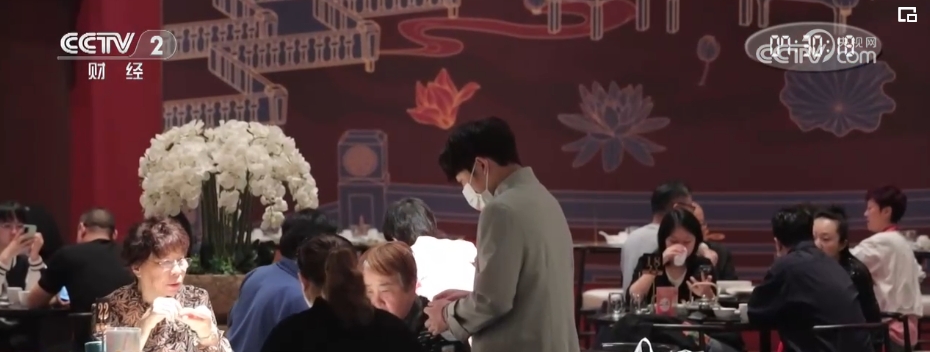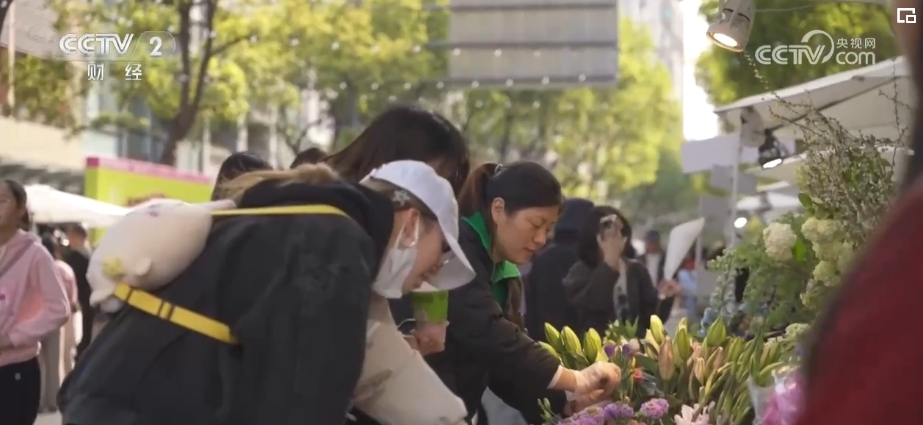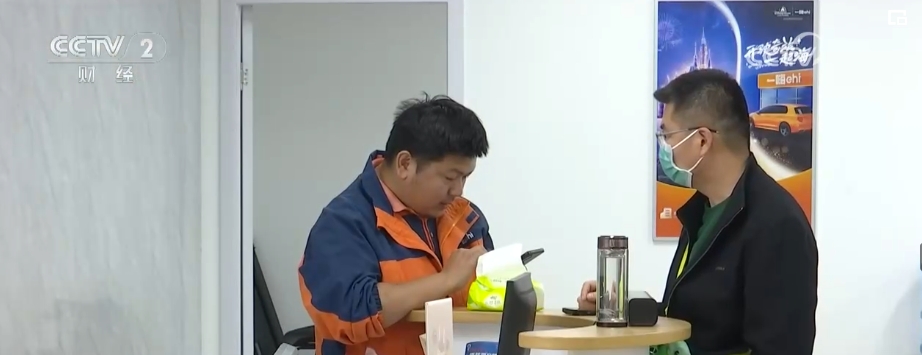editorial comment/note
Recently, Professor Song Hongwei, a famous scholar in the field of nano-optoelectronics, accepted an exclusive interview with invited reporter Xu Wen of Light (School of Electronic Science and Engineering of Jilin University) and reporter Hao Zhendong of Light (Light Academic Publishing Center of Changchun Institute of Optics, Fine Mechanics and Physics, Chinese Academy of Sciences). Professor Song Hongwei gave in-depth answers to the topics of rare earth luminescent materials, optoelectronic materials and device application research, looked forward to the future development direction of nano-luminescent research, and shared his personal experience and unique insights.
People in Light is a series of high-end interview columns initiated by Light: Science & Applications. In this issue, we are honored to invite Professor Song Hongwei, a national leader in scientific and technological innovation in the field of nano-luminescence and optoelectronic devices. This interview will show you the outstanding style of an academic leader who dares to be a pioneer, has the courage to break through, is full of energy and is humorous.
Professor Song Hongwei.
Professor and doctoral supervisor, School of Electronic Science and Engineering, Jilin University/State Key Joint Laboratory of Integrated Optoelectronics; The BR Program of Chinese Academy of Sciences (2000), the winner of National Outstanding Youth Fund (2009), the third batch of senior experts in Jilin Province (2011) and the leading "Micro-nano Information Materials and Devices Innovation Team" were selected as the national key field innovation team (2017). He is currently the deputy director of the Luminescence Committee of China Particle Society, a member of the Luminescence Branch of China Physical Society, and a member of the Luminescence Committee of chinese society of rare earths. He is a member of the editorial boards of academic journals such as Nanomaterials, Journal of Nanosciences and Reports, Scientific Report, Current Chinese Science, Journal of Luminescence, and an expert in the evaluation of outstanding scientific research achievements awards and national natural science awards in colleges and universities. Mainly engaged in the research of rare earth luminescent materials, optoelectronic materials and devices; Representative achievements: doping rare earth ions in perovskite nanocrystals was realized for the first time, and quantum tailored luminescent materials with quantum efficiency close to 200% were obtained. This material was used as a fluorescent conversion layer in crystalline silicon batteries, which improved the photoelectric conversion efficiency of the batteries by 3-4 percentage points and the efficiency of reference devices by 20%. It was evaluated as one of the most exciting works in recent years by the highlights of Science. So far in Advanced Material, Advanced Energy Material, Nano Letters, Light: Science and Applications and other important international academic journals have published more than 360 SCI papers, written 2 English monographs, and accumulated more than 10,000 citations of SCI, with the H factor of 60. From 2014 to 2020, they were continuously selected into the list of highly cited scholars in China. Won the second prize of National Natural Science, the first prize of Jilin Province Natural Science, the first prize of Jilin Province Scientific and Technological Progress, the second prize of outstanding scientific research achievements in colleges and universities and other academic awards.
one
Xu Wen, Special Reporter of Light: Professor Song, after you returned to China in 2000, you worked in Changchun Institute of Optics, Fine Mechanics and Physics of Chinese Academy of Sciences (hereinafter referred to as Changguang Institute) and established a research team to study the basic physical problems of rare earth nano luminescent materials. In 2007, you returned to your alma mater, School of Electronics, Jilin University, and your direction changed to focus on nano-luminescence and photoelectric devices. What makes you have such a unique academic track? What factors have had an important impact on your research orientation and academic direction?
Song Hongwei: Academic transformation should not only consider the change of academic microenvironment, but also take into account the development trend of macro environment. First of all, as far as I am concerned, I have to adapt to the changes in the academic environment. When I worked in Changguang Institute, my department was the Key Laboratory of Excited State Physics of Chinese Academy of Sciences (now the State Key Laboratory of Photonics and Applications), and my research direction has always been the "orthodoxy" and "mainstream" of the laboratory. After coming to Jilin University, my laboratory is the State Key Laboratory of Integrated Optoelectronic, and its academic orientation is fundamentally different from the previous laboratory, so adjusting the academic direction is an inevitable choice to adapt to the new academic environment. It’s like a player moving to a new team. If he doesn’t change his style to adapt to the new tactical system, he will risk being reduced from a main player to a bench player. On the other hand, the study of rare earth luminescence and spectroscopy that I have been engaged in began in the 1960s, and it is a somewhat ancient subject. I have always compared it to a classical beauty, and beauty is beautiful, but there are some vicissitudes on her face. For example, CRT and PDP display technologies have always occupied the main position in the display field in the last century, but in this century, with the prosperity of liquid crystal display, they gradually withdrew from the historical stage, and the corresponding rare earth CRT/PDP fluorescent materials naturally lost their original market. If I stick to the countryside in my research, it is tantamount to Don Quixote riding a burly horse and holding a pike to challenge the windmill. After several generations’ efforts, the School of Electronics of Jilin University has formed a traditional advantage in the research of optoelectronic devices.Such as orGaNic electroluminescent devices, gan semiconductor light emitting devices, etc. When I lay out and plan my academic direction, I should not only consider the knowledge background and research foundation of my team, but also consider absorbing the essence of the Institute of Electronic Technology for my study and use, and also consider the differences and complementarities with its existing direction. Based on these factors, I position my team’s academic direction as a new type of nano-semiconductor (such as perovskite) light-emitting and photoelectric devices based on rare earth doping.
Professor Song Hongwei instructs students in the laboratory.
2
Xu Wen, a special correspondent of "Light": Lead halide perovskite materials have recently become the star materials in the photoelectric field. In 2017, you first reported the rare earth-doped lead halide perovskite luminescent materials in the world, which solved the problems of low efficiency and small absorption coefficient of actual quantum cutting luminescent materials; You further used it to improve the efficiency of solar cells, and broke the highest record of efficiency improvement [Ref. 1-2], which caused great repercussions at home and abroad. Why did you think of such a topic? What are your expectations for the future development of this material, and what challenges will the next research face?
Song Hongwei: Quantum-tailored luminescence is a physical concept put forward in 1970s. It refers to a nonlinear luminescence process in which a luminescent substance emits two photons in cascade from a high-energy state through an intermediate state (which can be real or imaginary) under the excitation of high-energy photons. In theory, the quantum efficiency of luminescence can reach 200%. At first, the driving force of research mainly came from finding efficient mercury-free fluorescent lighting materials and PDP display materials. In the 1990s, some scientists proposed to apply quantum clipping luminescence (mainly 988 nm luminescence of Yb3+) to crystalline silicon batteries to improve their photoelectric conversion efficiency, and the research in this field continued until the new century. However, the previous research has not found an ideal material that can be applied. The main reason is that people have been trying to achieve this goal by using the energy transfer process between rare earth ions (such as Pr3+ and Yb3+, Tb3+ and Yb3+), which is restricted by the small absorption cross section and narrow band of rare earth ions 4f-4f transition. In 2013-2014, I also arranged a doctoral student to study the quantum tailoring luminescence between Tm3+-Yb3+ and Er3+-Yb3+ in NaYF4 matrix, but I soon realized the problem and voluntarily withdrew from the position, because I didn’t find a strategy to solve the problem at that time. In 2017, we realized the doping of rare earth ions in CsPbCl3 quantum dots, vaguely feeling that its absorption cross section is high, phonon energy is low, and the energy band is basically matched with Yb3+.(More than twice the transition energy of 7F5/2-7F7/2), have you found the only thrill? So I asked Zhou Donglei, a doctoral student at that time, to try, and this attempt actually succeeded. The material we invented can efficiently convert photons in the ultraviolet to blue light region (300-450 nm) to the ideal response region of crystalline silicon battery, successfully avoiding the energy loss of the battery caused by thermal effect, and improving the photoelectric conversion efficiency of the battery by 20%, far exceeding other fluorescence conversion technologies, comparable to the laminated battery technology, and its method is simpler, cheaper and quite practical. As Professor Gamelin of Washington University, who followed us in the related research, said in the special comment of Science (April 22, 2019): "For solar energy conversion, this combination of materials is almost exactly what you want". Because of this, Professor McGehee of Stanford University, an authoritative scientist in the field of perovskite research, commented: "This is one of the most exciting results I’ve seen in a long time". Personally, I think it is a pity that such a nearly perfect fluorescence conversion material and technology is buried in the laboratory and discarded.I hereby call on this research to attract the attention of the domestic government, capital and photovoltaic industry, and push it to industrialization as soon as possible with the joint efforts of many parties. If we don’t have such a strategic vision, although we are original, we will gradually be surpassed by the United States (it took Gamelin research group only one and a half years to follow our results, attract the attention of American academic and business circles, win prizes, get fund support and even register a company). If it is a challenge, this is the biggest challenge we are facing at present. Of course, on the road of industrialization, we will also face problems such as how to solve the stability of materials and how to realize large-scale, large-scale and low-cost preparation, but these are just stepping stones in the way forward.
Professor Song Hongwei gave an academic report at the academic conference.
three
Xu Wen, a special correspondent of Light: In 2020, you realized rare earth ion electroluminescence in perovskite nanocrystals for the first time [Ref. 3]. What do you think is the future prospect of rare earth electroluminescence in perovskite nanocrystals, and in which industries will it stand out? What difficulties will it face?
Song Hongwei: In the past, there was a view that rare earth ions were not suitable for electroluminescent materials. The main reason for this is that the luminescence of rare earth ions mainly comes from 4f-4f transition, with low spontaneous emission rate and long luminescence life. Under the action of electric field, due to the continuous collision between injected carriers and lattice, the non-radiation transition process of materials will be intensified, which will cause the luminescence quenching of rare earth ions. In 2020, we took CsPbCl3:Sm3+ quantum dots as the luminescent layer and adopted an inversion structure, which initially realized the electroluminescence of rare earth ion Sm3+ in perovskite, and its luminescent color can be effectively controlled from red light to white light. The direct result of this work is to provide a new idea for the field of quantum dot LED(QLED) lighting and display to obtain different colors and stable luminescence through doping. Considering that rare earth ions have rich transitions, especially in the near-infrared and mid-infrared regions, such as Er3+, Tm3+, Pr3+, etc., which are beyond the reach of perovskite bulk materials, and these emission wavelengths are just in the optical communication window, if effective electroluminescence can be realized, it will undoubtedly have very important application value. At present, the electroluminescence of perovskite-doped rare earth materials still faces two major difficulties: the first difficulty is the common problem of electroluminescence of perovskite materials-the stability problem, especially to solve the device failure caused by ion migration under the action of electric field, which is a huge challenge. The second difficulty is the low radiation transition rate peculiar to rare earth ions.In fact, let’s review the development history of organic electroluminescence, which is earlier than QLED luminescence. It is not difficult to find that in the early work, the electroluminescence research of rare earth complexes and precious metal complexes was neck and neck, and even rare earth complexes electroluminescence was more popular because of its narrower emission line and higher color purity. However, because of its low radiation transition rate, it gradually lags behind precious metal complexes in luminous efficiency and brightness. In the electroluminescence of rare earth doped perovskite materials, this problem still exists and can not be ignored. So how to solve this problem? In fact, the research in the fields of surface plasmon physics and microcavity structure design and preparation has made rapid progress in recent 10 years. With the help of this achievement, we can improve the radiation transition rate of rare earth ions through local light field regulation, thus solving the problems of low radiation transition rate and fluorescence quenching under the action of electric field.
four
Xu Wen, a special correspondent of Light: You switched from rare earth luminescence research to perovskite solar cell research around 2014. In just a few years, you have published many heavyweight papers in related fields, especially in solving the stability and spectral expansion of perovskite solar cells [Ref. 4-6]. What unique advantages do you think can be brought to materials and devices by doping, spectral conversion and heterogeneous combination of organic and inorganic materials? What are the research limitations or technical bottlenecks to realize practicality or industrialization?
Song Hongwei: By December 2020, the best photoelectric conversion efficiency of certified single-junction perovskite solar cells has reached 25.4%, while the efficiency of perovskite and monocrystalline silicon laminated cells has exceeded 29%, which has made rapid development. At present, the primary problem that restricts the industrialization of perovskite is not the photoelectric conversion efficiency, but the long-term stability of perovskite batteries and the cost of preparation and use. Because perovskite materials are seriously degraded under the conditions of water, oxygen and ultraviolet light, the service life of devices is greatly limited. This year’s key special plan of the Ministry of Science and Technology supports the research plan of perovskite solar cells with a service life of 10,000 hours, which shows how urgent and important it is to solve the service life problem for practical application. In the past, our research on solving the life problem of perovskite battery mainly focused on the following three aspects: first, the ultraviolet light in the solar spectrum was converted into visible light by fluorescence conversion to improve the illumination stability of solar battery; second, the tolerance factor and structural stability of perovskite materials were improved by doping rare earth ions and transition metals; and third, the water transport structure was introduced into perovskite battery through the design of carrier modification layer to improve the water resistance of the device. Up to now, the reported photoelectric conversion efficiency of the battery is 22.16%, and the long-term service life can reach 5000 hours. In the research of improving the photoelectric conversion efficiency of perovskite batteries, we have been committed to achieving this goal by expanding its spectral response range to the infrared region.One method is to convert infrared light, which is difficult to be used by traditional perovskite materials, into visible light, which is then used by perovskite batteries. However, this method is limited by the luminous efficiency and absorption cross section of upconversion materials and can only be realized in concentrator batteries at present. Another method is to introduce organic heterojunction with infrared response into perovskite battery to expand the spectral response range. At present, we can extend the spectral range of this laminated battery to 950 nm, and the photoelectric conversion efficiency can reach 21.55%. Although this has reached the best level of research on p-i-n battery at present, it is not an ideal result due to many factors. The ideal result at least exceeds the efficiency of single-junction perovskite battery. It should be said that the concept of this battery is advanced, but there are still many problems to be solved on the way forward. In the future, the stacked structure of perovskite and organic heterojunction is likely to be another very important stacked battery besides silicon and perovskite, because it may not only break through the efficiency limit of perovskite single-junction battery, but also have significant advantages in flexibility and wearable devices.
five
Hao Zhendong, reporter of Light: Mr. Song, you have been studying the up-conversion luminescence of local Light field for many years, especially in your work published in Light in 2020 [Ref. 7], which makes the up-conversion luminescence of rare earth increase by four orders of magnitude by using cascade effect; Through the core-shell structure design of upconversion nanocrystals and further combination with perovskite, multi-wavelength narrow-band near-infrared detection is realized. The selective detection of wavelength is realized by frequency modulation excitation. Can this design and control strategy be extended to other rare earth luminescence systems? What new ideas and opportunities do you think the new rare earth luminescent and perovskite composite devices can provide for the development of selective narrow-band photoelectric detection materials?
Song Hongwei: Rare earth ions are rich in species and energy levels, and have produced rich transitions, from deep ultraviolet region to mid-infrared region. In fact, the coupling of rare earth ions with perovskite and other semiconductor photoelectric materials may produce many unexpected results in photoelectric detection. For example, by using the coupling of rare earth ions with 4f-5d transition, such as Ce3+, Pr3+ and Eu2+, with perovskite and other semiconductor materials in high energy state, a new photoelectric detector or high-energy scintillator detector with super-strong solar blind zone deep ultraviolet detection capability and even super-strong high-energy ray detection capability can be developed; Using the rich infrared transitions of some rare earth ions and their coupling with some emerging photoelectric materials (such as Er3+, Ho3+, Tm3+, etc.), many new types of narrow-band infrared photodetectors with special bands can also be developed, which have important applications in military and national defense fields. Rare earth is an important strategic resource in China, and it is also an important research treasure house. With the saturation of traditional research fields and the advent of the information age, the focus of future rare earth research and application development is likely to gradually shift from the traditional fields of magnetism and optics to the photoelectric field. Here, I hope that our younger generation of rare earth researchers will seize the opportunity, get out of the solidified thinking, bravely move forward and March into the unknown field.
six
Hao Zhendong, reporter of Light: Teacher Song, can you share with young scholars how to become an excellent researcher based on your research experience?
Song Hongwei: This is a matter of different opinions. First of all, I want to say that I am a person who "follows my feelings". My hobbies in college were writing poetry and playing chess, and my academic performance was only in the middle, so I don’t think my experience may have universal reference value for young people. Here I would like to share some spiritual things: a person’s life is a long journey, and so is the road to scientific research. Many times, when we walk, our hearts are confused and our steps are confused. So I said, to be an excellent researcher, the first thing is to "persist": persist in learning new knowledge and an ignorant curiosity. Nie Luda, a Chilean poet, said: "I will always walk on the sandy shore, between the mud and the foam. Although the climax will erase my footprints and the waves will blow away the foam, my heart will always be with the ocean and the sandy shore." The heart of our researchers is to be with science forever. Secondly, as an excellent researcher, you should have full confidence. Our ancient Li Bai said, "I am born to be useful" and "If I go out laughing, will my generation be Artemisia?". Our poet Kitajima said, "I tell you, the world, I don’t believe it. Even if there are 1000 challengers under my feet, I will be the 101st". Newton, a scientist, said, "Give me a lever, and I will move the whole earth." I hope our young scholars will always believe in themselves and believe that they can create great miracles in science and technology. Finally, the avenue is invisible, the sound is loud and the sound is loud, and all the laws of nature,Are hidden in darkness and shadows, just like dark matter. Therefore, as an excellent researcher, we should spread our wings of thought, just as Mr. Dai Wangshu wrote in his poem: "I think, so I am a butterfly. After ten thousand years, the light call of a small flower will shake my gorgeous wings through a dreamless and wakeful cloud."
Professor Song Hongwei in Life
Specially invited reporters introduced
Xu Wen, Associate Professor and Doctoral Supervisor, School of Electronic Science and Engineering, Jilin University; He graduated from Jilin University with a bachelor’s degree in 2009, received his doctorate from Jilin University in 2014, was a postdoctoral fellow at Nanyang Technological University in 2015-2016, and was a postdoctoral researcher at JSPS in tokyo institute of technology in 2016-2018. At present, he is mainly engaged in the luminescence regulation of rare earth doped nano-materials and the application research of photoelectric devices. He has undertaken a number of national natural science foundation and provincial and ministerial projects, won the first prize of natural science in Jilin Province, and was invited to give invitation reports at international and domestic conferences for more than 20 times. With the first/correspondent author, he published 60 SCI papers in adv. mater., light: sci & appl., nanolett., angew. chem., nanotoday, adv. funct. mater., ACS nano., nanoenergy and other academic journals, including more than 20 papers with IF>10.0, with a total citation of more than 4,000 times. Apply for/authorize 8 national invention patents.
